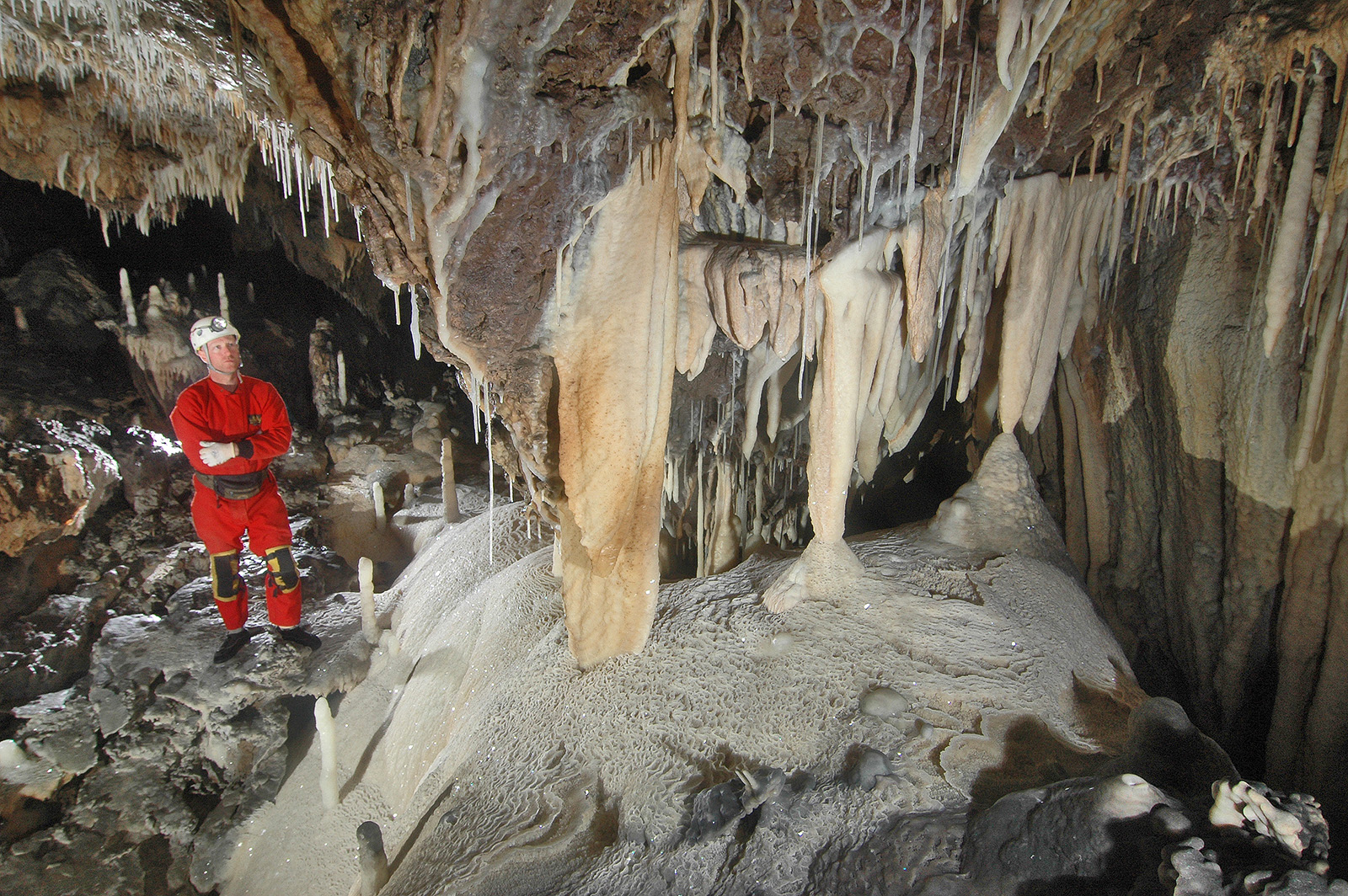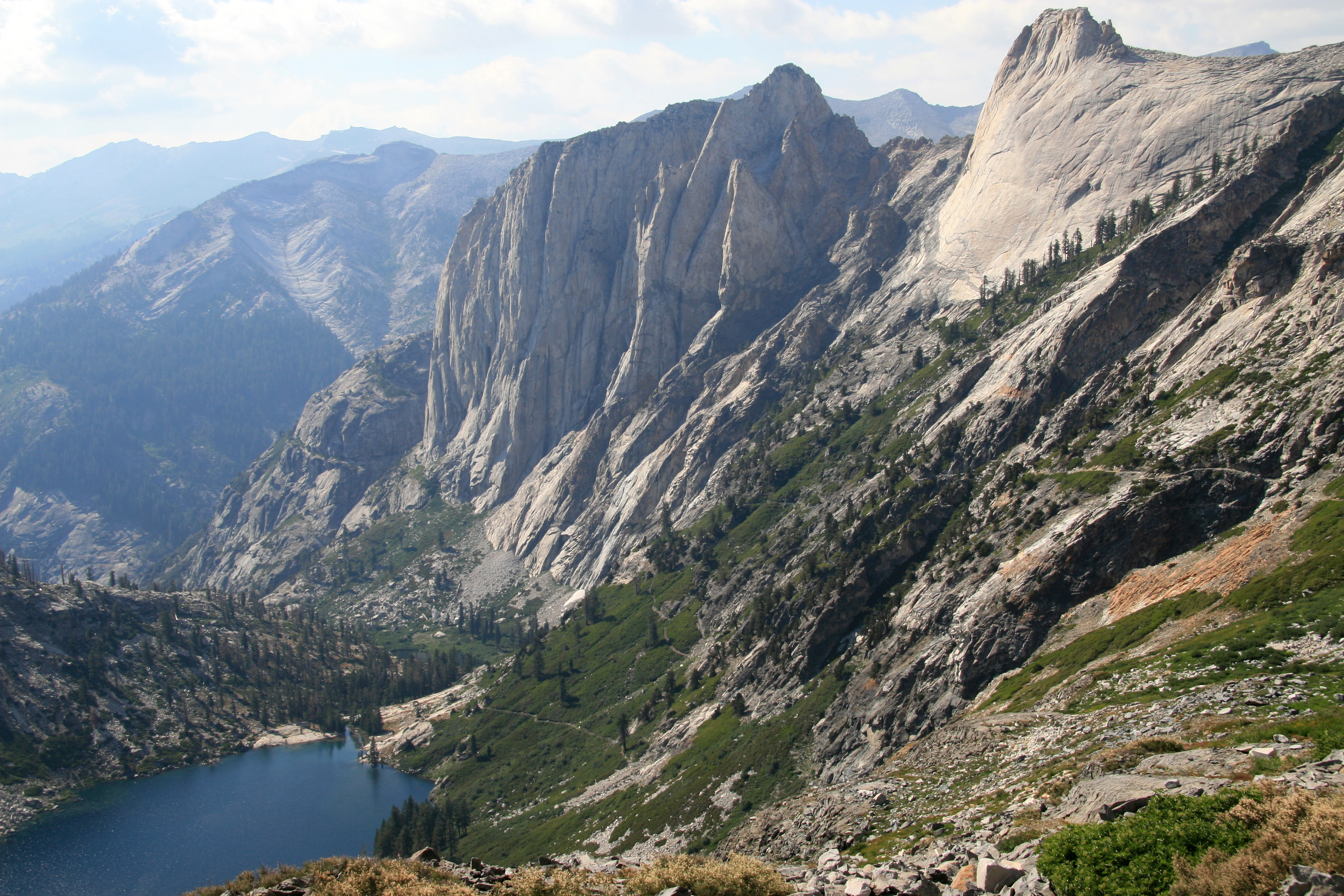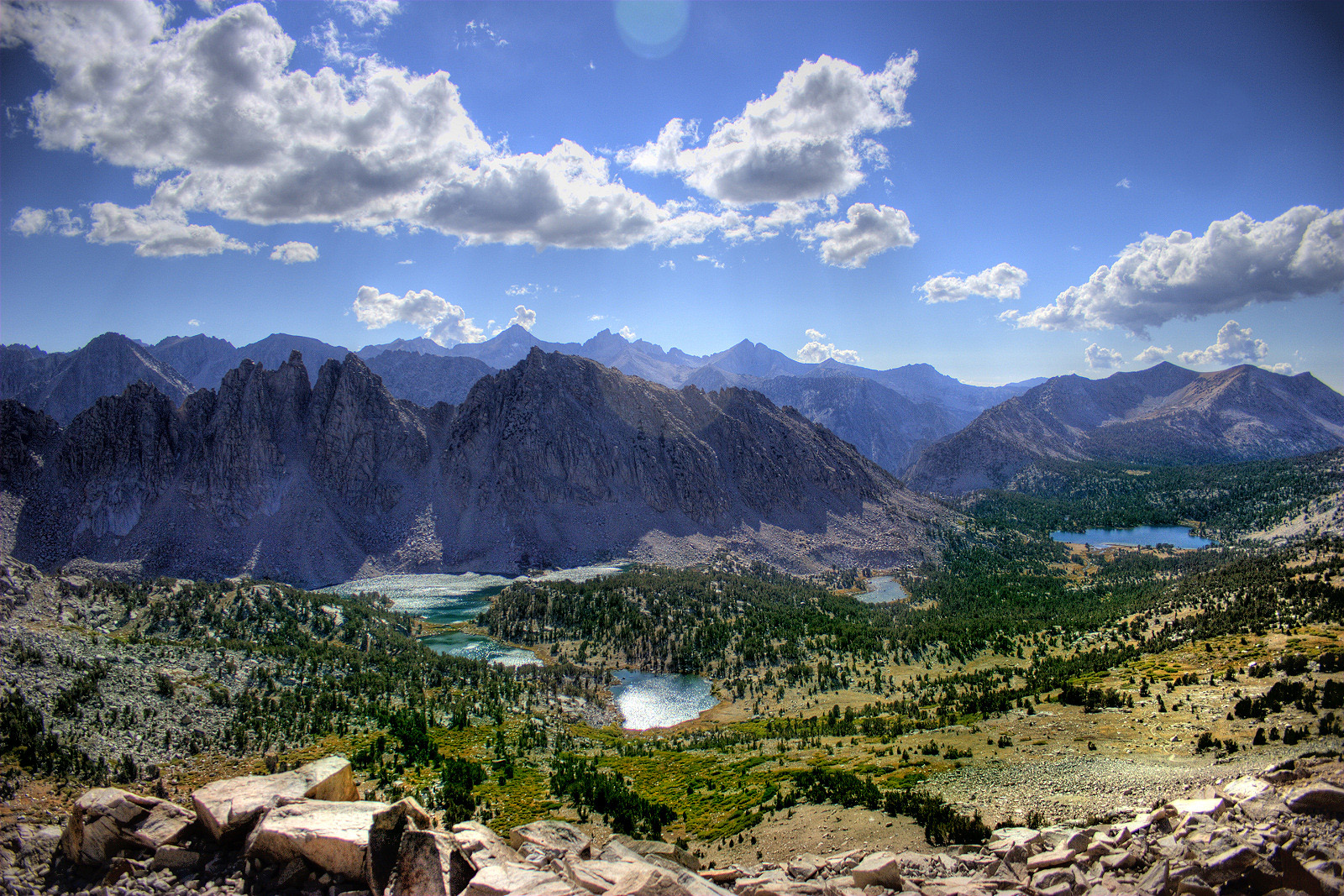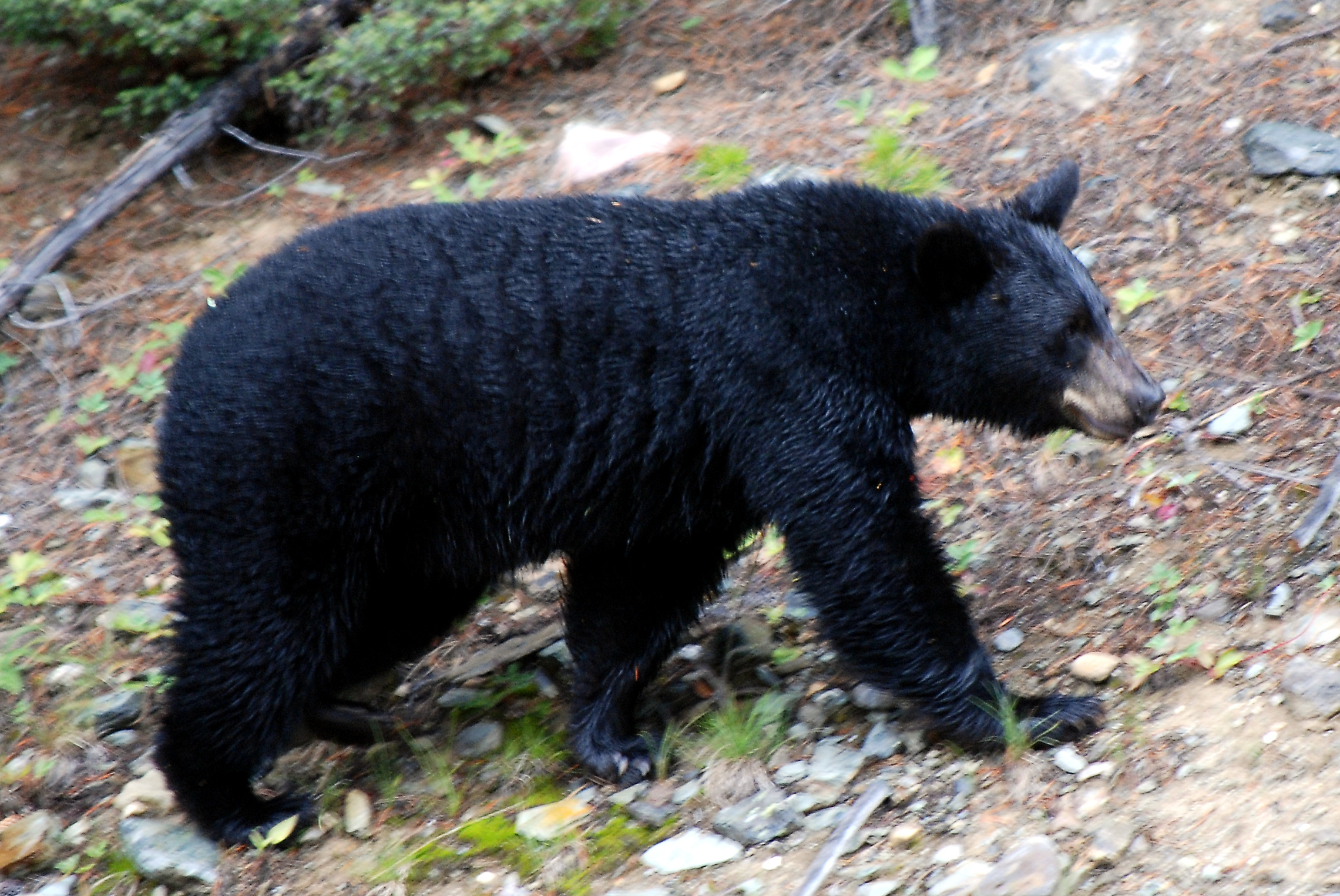|
Ursa Minor (cave)
Ursa Minor Cave is part of Sequoia National Park, a naturally formed system of caves in California's Sierra Nevada. The cave was discovered in August 2006 by four cave explorers from the Cave Research Foundation who found a softball-sized hole on a cliff face in the mountains. After widening the hole to allow for human entry, the explorers discovered one of the most spectacular caves in the western United States. The cave has since been named "Ursa Minor," because of the large bear skeleton found in the cave. The cave was featured in the September 2007 issue of ''National Geographic'' magazine and has attracted many scientists and researchers interested in finding new species of troglobites A troglobite (or, formally, troglobiont) is an animal species, or population of a species, strictly bound to underground habitats, such as caves. These are separate from species that mainly live in above-ground habitats but are also able to live u ..., organisms that live in the complete dar ... [...More Info...] [...Related Items...] OR: [Wikipedia] [Google] [Baidu] |
Ursa Minor Cave
Ursa is a Latin word meaning bear. Derivatives of this word are ursine or Ursini. Ursa may also refer to: General * URSA Extracts (United States of America), a California cannabis concentrate company * Ursa (Finland), a Finnish astronomical association * ''Ursa'' (spider), a spider genus in the family Araneidae * Ursa Major, the Great Bear constellation * Ursa Minor, the Small Bear constellation * HMS ''Ursa'', the name of two ships of the Royal Navy Places * Ursa, Illinois, a village in the United States * Ursa, a village in Gârcov Commune, Olt County, Romania * Ursa Motoșeni, the former name of Motoșeni Commune, Bacău County, Romania People * Urša, feminine given name Fiction * Ursa (comics), a fictional villain in ''Superman'' media * Ursa, a fictional monster in the M. Knight Shymalan film '' After Earth'' * A fictional character in '' Avatar: The Last Airbender'' * Ursa, Bear's girlfriend in the TV series ''Bear in the Big Blue House'' * A fictional character in ' ... [...More Info...] [...Related Items...] OR: [Wikipedia] [Google] [Baidu] |
Sequoia National Park
Sequoia National Park is an American national park in the southern Sierra Nevada east of Visalia, California. The park was established on September 25, 1890, and today protects of forested mountainous terrain. Encompassing a vertical relief of nearly , the park contains the highest point in the contiguous United States, Mount Whitney, at above sea level. The park is south of, and contiguous with, Kings Canyon National Park; both parks are administered by the National Park Service together as the Sequoia and Kings Canyon National Parks. UNESCO designated the areas as Sequoia-Kings Canyon Biosphere Reserve in 1976. The park is notable for its giant sequoia trees, including the General Sherman tree, the largest tree on Earth by volume. The General Sherman tree grows in the Giant Forest, which contains five of the ten largest trees in the world. The Giant Forest is connected by the Generals Highway to Kings Canyon National Park's General Grant Grove, home of the General Grant tre ... [...More Info...] [...Related Items...] OR: [Wikipedia] [Google] [Baidu] |
Sierra Nevada (U
The Sierra Nevada () is a mountain range in the Western United States, between the Central Valley of California and the Great Basin. The vast majority of the range lies in the state of California, although the Carson Range spur lies primarily in Nevada. The Sierra Nevada is part of the American Cordillera, an almost continuous chain of mountain ranges that forms the western "backbone" of the Americas. The Sierra runs north-south and its width ranges from to across east–west. Notable features include General Sherman, the largest tree in the world by volume; Lake Tahoe, the largest alpine lake in North America; Mount Whitney at , the highest point in the contiguous United States; and Yosemite Valley sculpted by glaciers from one-hundred-million-year-old granite, containing high waterfalls. The Sierra is home to three national parks, twenty wilderness areas, and two national monuments. These areas include Yosemite, Sequoia, and Kings Canyon National Parks; and ... [...More Info...] [...Related Items...] OR: [Wikipedia] [Google] [Baidu] |
Cave Research Foundation
The Cave Research Foundation (CRF) is an American private, non-profit group dedicated to the exploration, research, and conservation of caves. The group arose in the early 1950s from the exploration efforts at Floyd Collins Crystal Cave, now within Mammoth Cave National Park. Its stated goals were: to promote exploration and documentation of caves and karst areas, initiate and support cave and karst research, aid in cave conservation and protection, and to assist with the interpretation of caves and karst to the public. Growth CRF officially incorporated in 1957 under the laws of the Commonwealth of Kentucky. The Guadalupe Cave Survey, explorers at Carlsbad Caverns National Park, New Mexico, became part of CRF in 1971. In 1976, cave survey at Sequoia National Park/Kings Canyon National Park, California, and Buffalo National River, Arkansas, became CRF projects. Additional cave projects in Cumberland Gap National Historic Park, Kentucky; Lava Beds National Monument, California; an ... [...More Info...] [...Related Items...] OR: [Wikipedia] [Google] [Baidu] |
Ursus (genus)
''Ursus'' is a genus in the family Ursidae (bears) that includes the widely distributed brown bear, the polar bear, the American black bear, and the Asian black bear. The name is derived from the Latin ''ursus'', meaning ''bear''. Taxonomy and systematics Extant species A hybrid between grizzly bears and polar bears has also been recorded. Known commonly as a pizzly, prizzly, or grolar bear, the official name is simply " grizzly–polar bear hybrid". Fossils * ''Ursus abstrusus'' * ''Ursus arvernensis'' * Deninger's bear, ''Ursus deningeri'' * Etruscan bear, ''Ursus etruscus'' * Gamssulzen Cave bear, ''Ursus ingressus'' * Gran Dolina bear, ''Ursus dolinensis'' * Pleistocene small cave bear, ''Ursus rossicus'' * ''Ursus sackdillingensis'' * ''Ursus savini'' * Cave bear, ''Ursus spelaeus'' * Auvergne bear, ''Ursus minimus'' Mating system ecology The mating systems within the genus ''Ursus'' are primarily classified as polygynous, polyandrous and promiscu ... [...More Info...] [...Related Items...] OR: [Wikipedia] [Google] [Baidu] |
National Geographic Society
The National Geographic Society (NGS), headquartered in Washington, D.C., United States, is one of the largest non-profit scientific and educational organizations in the world. Founded in 1888, its interests include geography, archaeology, and natural science, the promotion of environmental and historical conservation, and the study of world culture and history. The National Geographic Society's logo is a yellow portrait frame—rectangular in shape—which appears on the margins surrounding the front covers of its magazines and as its television channel logo. Through National Geographic Partners (a joint venture with The Walt Disney Company), the Society operates the magazine, TV channels, a website, worldwide events, and other media operations. Overview The National Geographic Society was founded on 13 January 1888 "to increase and diffuse geographic knowledge". It is governed by a board of trustees whose 33 members include distinguished educators, business exe ... [...More Info...] [...Related Items...] OR: [Wikipedia] [Google] [Baidu] |
Troglobites
A troglobite (or, formally, troglobiont) is an animal species, or population of a species, strictly bound to underground habitats, such as caves. These are separate from species that mainly live in above-ground habitats but are also able to live underground (eutroglophiles), and species that are only cave visitors (subtroglophiles and trogloxenes). Land-dwelling troglobites may be referred to as troglofauna, while aquatic species may be called stygofauna, although for these animals the term ''stygobite'' is preferable. Troglobites typically have evolutionary adaptations to cave life. Examples of such adaptations include slow metabolism, reduced energy consumption, better food usage efficiency, decrease or loss of eyesight (anophthalmia), and depigmentation (absence of pigment in the integument). Conversely, as opposed to lost or reduced functions, many species have evolved elongated Antenna (biology), antenna and Leg, locomotory appendages, in order to better move around and respo ... [...More Info...] [...Related Items...] OR: [Wikipedia] [Google] [Baidu] |
Caves Of California
A cave or cavern is a natural void in the ground, specifically a space large enough for a human to enter. Caves often form by the weathering of rock and often extend deep underground. The word ''cave'' can refer to smaller openings such as sea caves, rock shelters, and grottos, that extend a relatively short distance into the rock and they are called ''exogene'' caves. Caves which extend further underground than the opening is wide are called ''endogene'' caves. Speleology is the science of exploration and study of all aspects of caves and the cave environment. Visiting or exploring caves for recreation may be called ''caving'', ''potholing'', or ''spelunking''. Formation types The formation and development of caves is known as '' speleogenesis''; it can occur over the course of millions of years. Caves can range widely in size, and are formed by various geological processes. These may involve a combination of chemical processes, erosion by water, tectonic forces, microorgan ... [...More Info...] [...Related Items...] OR: [Wikipedia] [Google] [Baidu] |






